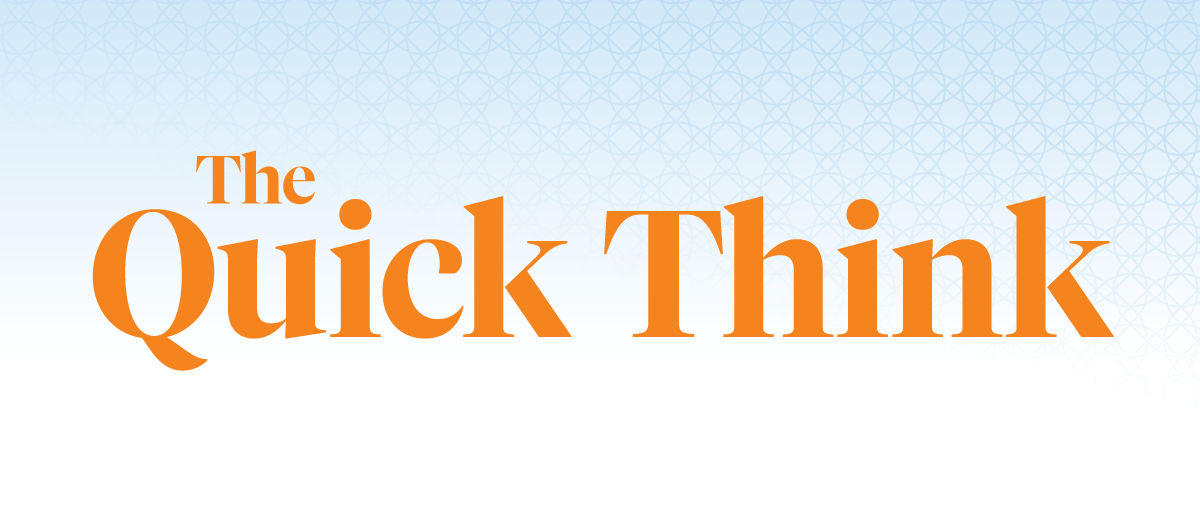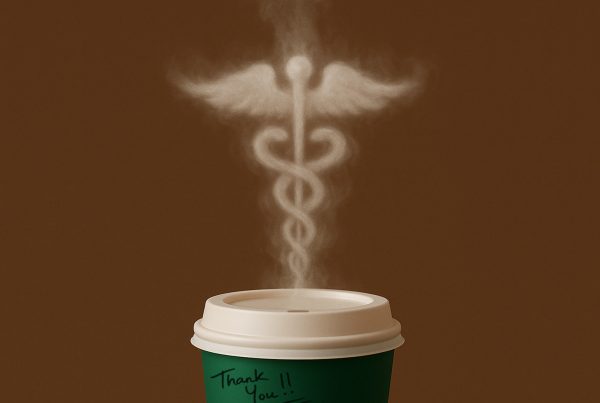Note: This piece was originally published over the weekend in our Sunday newsletter. Want content like this delivered to your inbox before it hits our blog? Subscribe here.
The Big Story: Storytelling Makes Hearts Beat As One
Turns out Disney and Amazon were on to something with their virtual watch parties. Want to sync up with friends? You can do it without ever laying eyes on them. A group of biomedical engineers, psychologists and neuroscientists found that people’s heart rates “rise and fall in unison” when experiencing the same story, even when they’re in separate locations.
(No subscription to The Wall Street Journal? Here’s another option. Or, if you’re feeling ambitious, here’s the original study.)
What it Means for Your Health System
We know. “Storytelling” has become so much a part of the marketing and communications jargon that it’s easy to skate right past it. There’s an entire industry of speakers, consultants and tools focused on helping organizations get their message across. We’re doing it right now.
And yes, this new study itself represents the perfect story: hard data about a compelling subject, wrapped in a romantic narrative. Elegant science showing that people in distinct locations can be brought together in a profound way through something so simple. This paper simultaneously proves and embodies the point.
Funny thing is, we came across this study while working through your feedback from last week’s survey on misinformation. (See our Special Report dropping next week.) Your comments reiterated the effectiveness of storytelling when it comes to misinformation. Because what we’re seeing today are dry facts presented in absolute terms by white coats on one side, with clever, substance-free narratives (some might say, “Lies”) appealing to emotion on the other. People are dying because the clever narratives have done a better job claiming to connect dots and explain the world than the dry facts. In effect, they’ve made hearts beat together as one. As Jarrard Inc. Partner Kim Fox asked rhetorically, “What’s easier to absorb – a bold headline or a list of data points from a scientific study?”
In other cases, like many of those we’ve highlighted in this newsletter (Power to the Patients, INHOSPITABLE, the Lown Institute report on community benefits, criticism of healthcare M&A), there’s legit data backing up a deeply emotional appeal centered on individual harm at the hands of a big, unaccountable villain.
To be clear: It’s not misinformation that sells. It’s the order and emotional release provided by misinformation that gets people to buy in. Facts be damned. But if you have facts to back the story? Even better. Think of it this way: Story is the Trojan Horse that lets the data in.
So then, how do we use this for good? Narrative is an effective structure to get a point across; are you using it for what you need to accomplish?
…
Are you sure?
In our experience working with clients across the healthcare spectrum, there’s a tendency to drift to one extreme or the other. Human nature, right? Providers either showcase the Hallmark movie story or the bar chart and trendline. An effective campaign, though, lies in finding Both/And. Marry critical health information with a great narrative and deliver it through a messenger with high credibility. The result is this video from Miami Children’s Hospital. Dr. Burke gives a tour of an emotionally fraught situation while dropping in vital facts like his team’s certifications and experience so subtly you barely notice it’s happening.
We’ll challenge you to take a moment and really evaluate how your team approaches storytelling. Again, it’s easy to pay lip service because it’s so ingrained in marketing 101. Don’t let that happen. There is powerful, evidence-based practice taking place across your organization every day. Patients are leaving your facilities better off than when they arrived. Your care teams are using cutting-edge technology to care for people. Sometimes, they’re ingeniously developing new techniques on the fly because that’s what it takes to save a life. Don’t skip past that. Look down at the numbers and find the trendline. Then, look up at the people walking by who represent that trendline in real life. That’s the marriage of data and story.
Let’s simplify it even further. Maybe we’re taking this too far but think about how your hospital operates and talks about its work.
On the one hand: Is there anything going on that would lead a group of people, watching on TV, to simultaneously sit up and say, “Ohhh, that’s bad”?
On the other: Are you showcasing the good work you’re doing in a way that would lead a group of people, watching on TV, simultaneously sit up and cheer?
We always say that if you don’t tell your story, someone will do it for you. That’s the risk. And that’s the opportunity.
This piece was originally published over the weekend in our Sunday Quick Think newsletter. Fill out the form to get that in your inbox every week.




